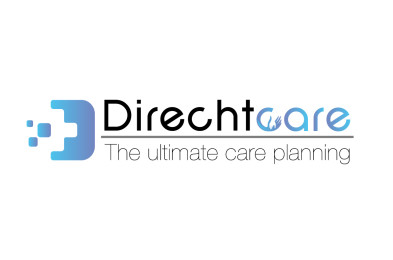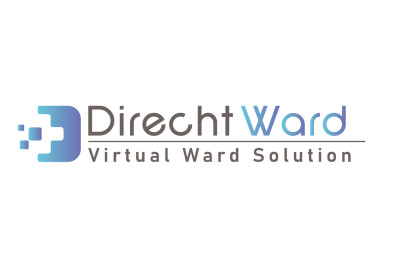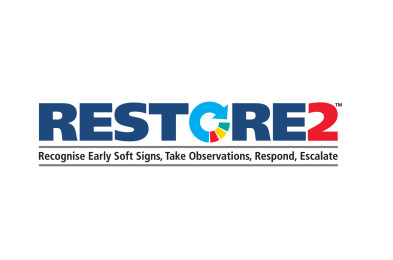The Blue Box
Used extensively in the NHS to expand primary care through early identification of deterioration and illness, the Blue Box is a portable telehealth system enabling remote monitoring of vital signs with multiple assessments and questionnaires, including automated National Early Warning Score (NEWS2). Comprising a video enabled tablet computer connected to Bluetooth instruments including thermometer, pulse oximeter and blood pressure monitor, plus other devices, such as ECG, digital stethoscope, scales, falls detection radar, supporting many conditions and all six virtual ward pathways (COVID, Respiritory, Heart Failure, Hypertension, Diabetes, Frailty). Readings are automatically transferred to clinical systems including EMIS, SystmOne and Rio.
About
The Blue Box is a highly flexible monitoring system adapted and commissioned for multiple patient groups in care homes and in the place called home to patients. The system is configured to set limits and alerts for changes in vital signs, suggesting deterioration. Clinicians can set alarm limits leading to earlier treatment bringing proven significant reduced demand on primary, secondary and emergency services and hospital bed days. It is commissioned in care homes, patient homes and virtual ward settings, managing long-term conditions (such as COPD and heart failure), short-term conditions in 6 virtual ward pathways, plus pre-hab waiting list management, and Annual Physical Health Checks for Serious Mental Illness (including POC lipid profile, glucose and HbA1c blood tests).
Several evaluations from NHS regions across England provided the following evidence: NHS Mid & South Essex reported 230 care homes over 13 months during 2021/22 made reductions of 899 hospital bed days and 307 admissions, once covid impact is controlled for, and mortality rate halved from 75% to 38%. North Central London CCG reported a reduction in A&E attendances of 53%, a reduction in Non-Elective admissions of 67% with costs halved. London Ambulance Service incidents fell by 44%, and costs reduced by a third. NHS Isle of Wight recorded a 50% reduction in 111 calls and 24% reduction in emergency admissions.
The low cost, simple to use system reducing inequalities of care is ready out of the box and we provide unlimited training and support to clinicians, carers and patients.








